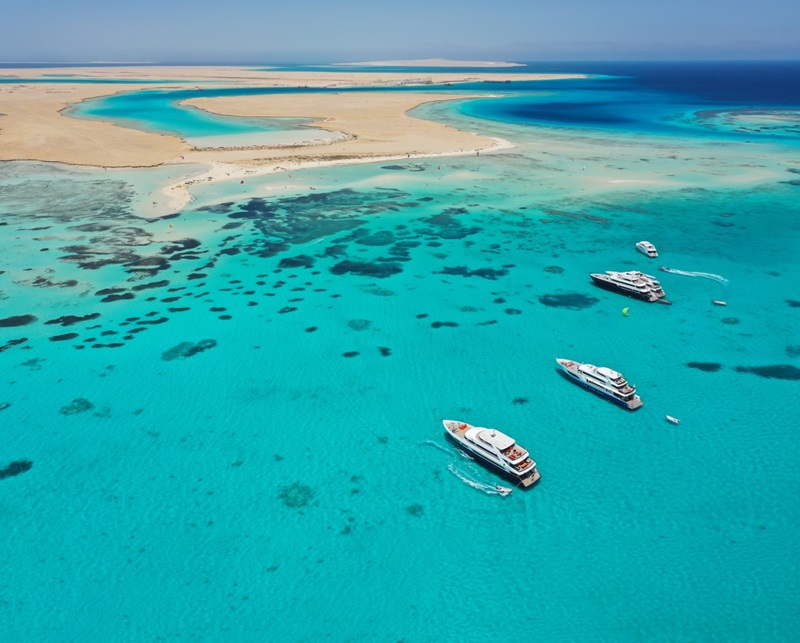The Saudi Red Sea Authority (SRSA) has issued its first three yacht chartering licenses. This comes as the region braces for increased demand driven by the opening of Sindalah and the progress of other developments within the initiative.
The licenses have been awarded to Hill Robinson Saudi, Faisal M. Higgi & Associates and JLS Yachts, enabling them to operate within the Kingdom’s Red Sea region under the Large Yacht Chartering Regulation issued by the SRSA.
This development aligns with efforts to accommodate rising demand, particularly following the opening of Sindalah, the first destination within NEOM, in October this year. Other components of NEOM, such as The Line and Trojena, are currently under development.
As part of its strategy to develop the domestic yachting sector, the SRSA has been establishing policies and various initiatives to regulate marine tourism, oversee marina operations and issue necessary licenses at a rapid rate.

In recent weeks, the authority has also issued its first marina operator licenses to Al-Ahlam Marine for facilities in Yanbu and Al-Lith. The Jeddah Yacht Club and Marina, owned by Sela, a Public Investment Fund company, became the first international marina in Saudi Arabia to receive an operator license.
The SRSA claims that environmental protection is also a core focus while the region evolves into a superyacht hub. To support this, it has signed a Memorandum of Understanding (MoU) with the National Centre for Environmental Compliance.
Within the MoU, there is a focus on developing technologies to monitor and reduce pollution whilst also implementing systems to effectively manage the surrounding marine ecosystems. The initiative aims to safeguard the marine environment, but also to reduce pollution caused by yachts and streamline the environmental permitting process.
It also includes collaboration on research, disaster preparedness planning, capacity building, training and public awareness campaigns to support long-term environmental protection.
Support Vessel 6711 and the Age of Adventure
Yalıkavak Marina: The Land of the Eternal Blue
Industry Brands Drop Anchor in Porto Montenegro
Hainan to build national sports tourism pilot zone
€600,000 price drop on Mondomarine motor yacht My Way
MYS Fleet in Focus: The Timeless Nature of Aquarius
72m Lürssen superyacht Coral Ocean for sale
Riva Opera motor yacht Sula sold
Regent Shanghai Pudong announced for this May
Motorsailer Yacht Le Pietre now for Sale with Engel & Volkers.